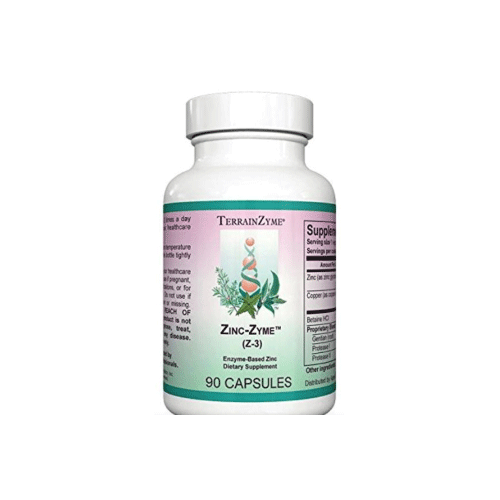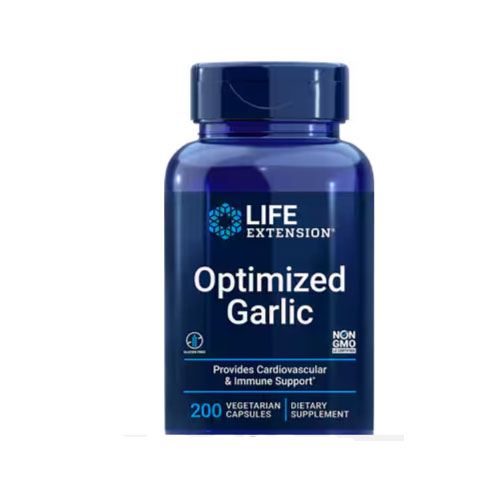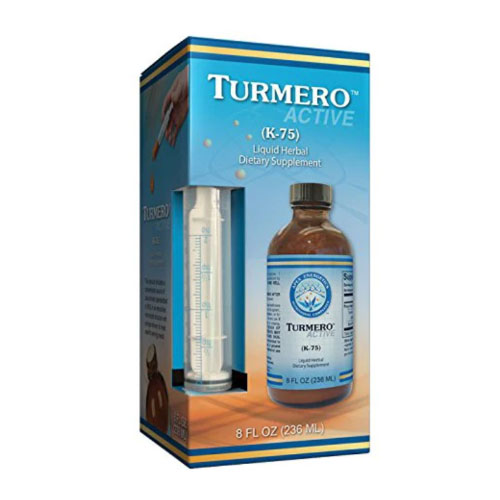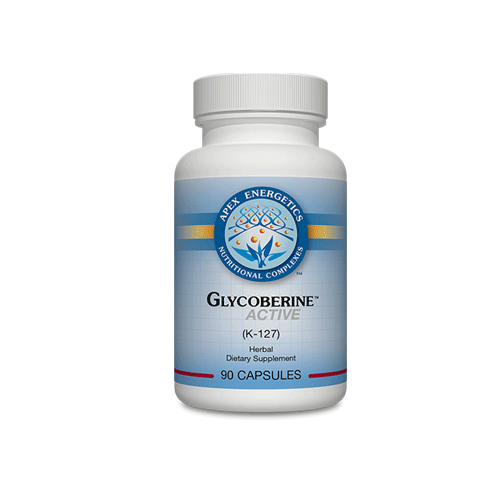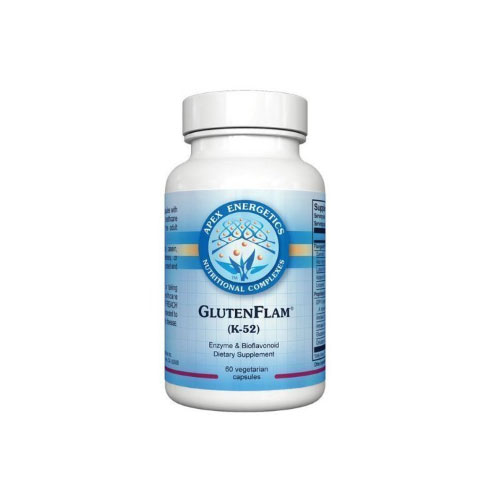Part 2
In Part 1 we reviewed two case studies illustrating common clinical presentations of thyroid disease, the anatomy, and physiology of the thyroid gland, symptoms of low thyroid output and causes of thyroid disease.
In Part 2 we will review the diagnosis and offer treatment modalities for varying types of thyroid maladies including medications, supplements, and dietary advice.
Diagnosing thyroid deficiency is a hot topic. Battle lines were drawn several years ago when patients, obviously hypothyroid, were told they were “normal” because a single test, the TSH, was inside a “normal” 2 standard deviations or 95% of a cross-section healthy adults range.
“The serum thyrotropin (TSH) is the single best screening test for primary thyroid dysfunction for the vast majority of outpatient clinical situations. The standard treatment is replacement with levothyroxine. The decision to treat subclinical hypothyroidism when the serum thyrotropin is less than 10 mIU/L should be tailored to the individual patient.”
10! Even the most generous standard lab has an upper reference range of 4.5 mIU/L.
This reference range, one size fits all, cookbook medicine approach, leaves millions of clearly hypothyroid patients, un- and under-diagnosed and un- and under-treated. Left alone, hypothyroidism can progress to enlarged hearts, heart failure, brain fog, infertility, and miscarriage.
The risk of elevated blood pressure, Hashimoto’s Disease, and depression in relation to the thyroid can be seen with a TSH reading as low as 1.9. At 2.0, elevated markers for cardiac and carotid (c-Reactive
Protein and Homocysteine) disease are evident. When the TSH is 3.3 or greater severe forms of depression, increased body mass index, and blood sugar abnormalities are common. These are all within the confines of a “normal” thyroid.
The sweet spot, the place where our patients function at their very best, are happiest, and have the best cognitive function, best lipid profiles, no cardiac irregularities, or bone loss is really 0.1 and 1.0 mIU/L.3
Thyroid hormones, once released, travel in the bloodstream either bound to a protein or in free form. T3 is the functioning thyroid molecule. Only the free form is available to produce the desired hormonal effect. Knowing the amount of circulating thyroid hormone available, the free T3, and supporting it to an optimal state, further enables us to refine our patients’ health.
While nice to know, free T4 reflects the biologically active hormone that converts to T3 or reverses T3, an inert form of T3, that also masks hypothyroidism. It is the free T3 that we must pay attention too. Free T3 is the active hormone that generates cellular energy. Optimizing free T3 within its optimal range (3.8-4.2), along with TSH (0.5-2.0) and the patient’s symptoms provide the basis for a treatment plan.
Reverse T3 (rT3) reflects the level of a second T3 molecule that is formed from T4 conversion. rT3 is an inert form of T3 that will mask an inactive, yet sometimes adequate free T3 level. It is as if the conversion was led astray, into a blind alley. It’s there, but unless you look for it, reverse T3 will be missed. We calculated a free T3/rT3 ratio looking for a value greater than or equal to 20. This free T3/rT3 ratio is the most useful marker for tissue hypothyroidism and as a marker of diminished cellular functioning.
Symptoms of an elevated reverse T3 include fatigue, difficulty losing fat, brain fog, and muscle aches.
Elevated reverse T3 results from chronic illnesses, yo-yo dieting, heavy metal exposure, infections, and mental and physical stress.
Autoimmune disruptions of the thyroid gland include Hashimoto’s Thyroiditis (hypothyroidism) and Grave’s Disease (hyperthyroidism).
In Hashimoto’s Thyroiditis, anti-thyroglobulin antibodies are elevated in 70% and thyroid peroxidase (TPO) antibodies are elevated in greater than 90% of presenting cases.
Hashimoto’s patients are profoundly hypothyroid and merely replacing the thyroid deficit is usually not adequate for optimal health.
In the presence of extremely high levels of thyroid peroxidase antibodies (>120), Hashimoto’s Thyroiditis can be present without overt hypothyroid symptomology. Chronic fatigue, dry hair, chronic irritability and nervousness, a history of breast cancer and early miscarriage are its hallmarks.
At the other end of the spectrum, Graves Disease is the autoimmune equivalent of hyperthyroidism. Thyroid Stimulating Immunoglobulin (TSI) is the measure for a definitive diagnosis.
Remedies for thyroid disease are as controversial as the diagnosis. The American Association of Clinical Endocrinologists and the American Thyroid Association emphatically declared, in 2012, “the standard treatment is replacement with levothyroxine.”
On the surface this seems to make sense. Nearly 80% of circulating thyroid is T4. T4 naturally converts to T3 so why bother with a more complicated compound? The problem is L-thyroxine, T4 only products, including Synthroid, levothyroxine, Levoxyl to name a few, in many cases fail to convert its substrate to T3.
Failure to adequately convert T4 to T3 not only results in clinical hypothyroidism but adrenal fatigue or “burnout” also. Low thyroid output creates a stressful internal environment requiring increasing levels of cortisol. Chronically high cortisol levels result in inflammation and accelerated cardiovascular and heart disease.
Other causes of T4 to T3 conversion failure include dieting, renal or hepatic disorders, cancer, trauma, insulin resistance, and growth hormone deficiency. Medications that interfere with conversion include glucocorticoids, amiodarone, beta-blockers, synthetic progesterone (Provera), selenium and zinc deficiencies.
Adding T3 to the regimen in a ratio of approximately 4 parts T4 to 1 part T3 is how nature produces thyroid. T3 is needed for fat loss, protects against arrhythmias, decreases with stress or dieting, and is the active hormone actually performing the work of the thyroid.
We prefer to treat our patients with desiccated thyroid, T3/T4 in the exact ratio as is found in nature.
Nonpharmacologic remedies include ensuring patients have an adequate supply of selenium, iodine, zinc, Vitamin D, and glutathione.
There is a strong link between gluten sensitivity and intolerance and thyroid disease.7 We strongly recommend all our autoimmune and nonautoimmune patients to be screened for gluten antibodies.
Gliadin, the protein portion of gluten is chemically similar to thyroid hormones. This protein, if it enters the bloodstream as it does in celiac disease, triggers an autoimmune response in the G.I. tract and in a case of mistaken identity, the thyroid.
We recommend our thyroid patients try a gluten-free diet for at least 30 days. While this again is controversial, the New York Times panned this approach in an article written on July 5, 2015, it has been quite a game-changer for thousands of patients and best of all, it costs nothing.
Cruciferous vegetables, including broccoli, cabbage, Brussels sprouts, kale, and soy among others are goitrogens, that is they increase the need for iodine in small amounts. In large amounts, they can damage the thyroid. Steaming can reduce the danger by ½ and thoroughly cooking them and discarding the water in case of boiling decreases the harm by 90%.
Avoid very low carb or zero carb diets. They tend to inhibit the conversion of T4 into T3. We recommend the GAPS Diet,8 the Metabolic Code Diet,9 or a gluten-free diet.
The Metabolic Code Diet is a brilliantly conceived plan, available online through our office to guide you through a relatively painless transition to a gluten-free diet and new level of health.
General food considerations include sea vegetables, kelp flakes, wakame, arame, and hijiki. Fermentable fiber increases the production of gut bacteria that produce butyrate, an immune function stimulator. Fermentable fiber comes from sweet potatoes, yams, plantains, taro, potatoes, onions, Jerusalem artichokes, and garlic.
Administering T3 alone without T4 results in accelerated weight loss, improved lipid management, and adequate cardiovascular health. Neurodegenerative disease processes slow, moods stabilize, and cognition improves.
The bottom line? Patients feel better.
For more information, contact Dr. William N. Clearfield at (775) 359-1222.
References
1. Garber, J., Cobin, R., Gharib, H., et al., Clinical Practice Guidelines For Hypothyroidism In Adults, Endocr Prac. 2012; 18(No.6) 989.
2. Hertoghe, Thierry, Reverse Physical Aging: Hormone & Nutritional Therapies, A4M Lecture Series, Las Vegas, NV, Dec. 14, 2014, p. 44.
3. Rothenberg, Ron, Thyroid Optimization, BHRT Syllabus, A4M Lecture Series, Los Angeles, CA, February 26, 2015, p. 62.
4. Annewieke W. van den Beld, Theo J. Visser, Richard A. Feelders, Diederick E. Grobbee, and Steven W. J. Lamberts, Thyroid Hormone Concentrations, Disease, Physical Function and Mortality in Elderly
Men, The Journal of Clinical Endocrinology & Metabolism, 2005; 90(12):6403–6409.
5. Ott, J et al. Hashimoto’s thyroiditis affects symptom load and quality of life unrelated to hypothyroidism: a prospective case-control study in women undergoing thyroidectomy for benign goiter. Thyroid. 2011 Feb;21(2):161-7.
6. Garber, J.,Cobin, R., Gharib, H., et al., Clinical Practice Guidelines For Hypothyroidism In Adults, Endocr Prac. 2012; 18(No.6) 989. Hollowell JG et al. J Clin Endocrinl Metab 2002 87(2)489-499.
7. Pekka C., Salmi, J., Hällström, O., et al. Autoimmune thyroid disorders and coeliac diseaseEur J Endocrinol 130 137-140, doi: 10.1530/eje.0.1300137
8. www.gapsdiet.com
9. www.drclearfield.com


